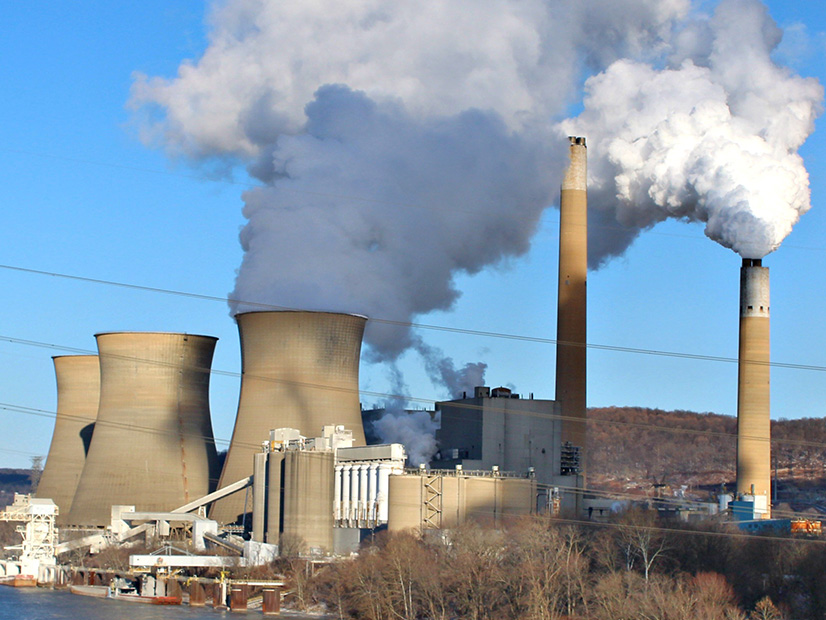
Reaching a 100% clean power target by 2035 will require the U.S. to adopt a federal clean energy standard (CES) that will call for a novel approach to get passed.
“We could pass a CES through budget reconciliation by changing the way a CES works,” Leah Stokes, assistant professor at the University of California, Santa Barbara, said at the American Clean Power Association’s CLEANPOWER 2021 virtual summit on Monday.
The federal standard would differ from state renewable portfolio standards. There would be no mandate for the percent of system power that needs to come from renewables or program of energy credits paid for through rate base. Instead, Stokes said, the federal government would pay states for hitting an annual clean power target to help offset the cost of the transition.
The funding could be used to pay for stranded power plant debt, customer bills, new clean power plant construction or energy efficiency programs.
“What we can do with the federal government is use the power of the purse,” Stokes said.
Legislators have been trying to pass versions of a federal energy standard for years, and current efforts do not show much promise. In addition, she said, the investment tax credit and production tax credit, on their own, are not enough to reach 100%, even if they were given a 10-year extension.
Analyses show that an extension of those credits would achieve, at the high end, 56% renewables by 2030.
“What this [CES] would do is get us to 80% clean power by 2030, which is directly on the pathway to 100% clean by 2035,” Stokes said, adding that the power industry should lobby for this policy now.
“Without it, we’re not going to expand the pie, and we’re not going to be building clean power at the pace and scale that’s necessary,” she said.
Steps to 100%
In a recent study, the International Energy Agency looked at net-zero ambitions from around the world and translated them for the electricity sector with actionable steps, according to Brent Wanner, head of power sector unit, World Energy Outlook. (See IEA Paints Daunting Path to Net Zero by 2035.)
“We need to reach net-zero emissions in advanced economies in electricity by 2035,” Wanner said at CLEANPOWER. “That’s in line with the Biden administration’s target.”
Reaching that target means completely revising the electricity generation mix in the U.S, he said, and the report provides a sense of scale for the revision.
The sector would need to phase out all fossil fuel generation while also achieving a 20-fold increase in wind and solar PV capacity over the next 30 years. It would take about 1,000 GW of wind and solar to directly replace the current 2,500 TWh per year that U.S. coal, oil and gas generate.
“That’s not including meeting additional electricity demand growth, as we electrify more sectors like vehicles and potentially heating,” Wanner said. “That 1,000 GW of wind and solar is five times more than we have in place today.”
Supporting high levels of solar and wind deployment will require tripling the current annual investments in transmission and distribution and rethinking grid security and flexibility.
“As we go forward, we see demand-side response and energy storage systems becoming the primary means of providing flexibility, as we move away from fossil fuels,” he said.
The report also shows hydrogen-based systems as having a high potential in the long term to help gas-fired power plants in the transition.
“In the end, we need to scale up the low-carbon sources: renewables, nuclear power, eventually low-carbon hydrogen and other sources,” he said. “And in 15 years, the task is great.”

